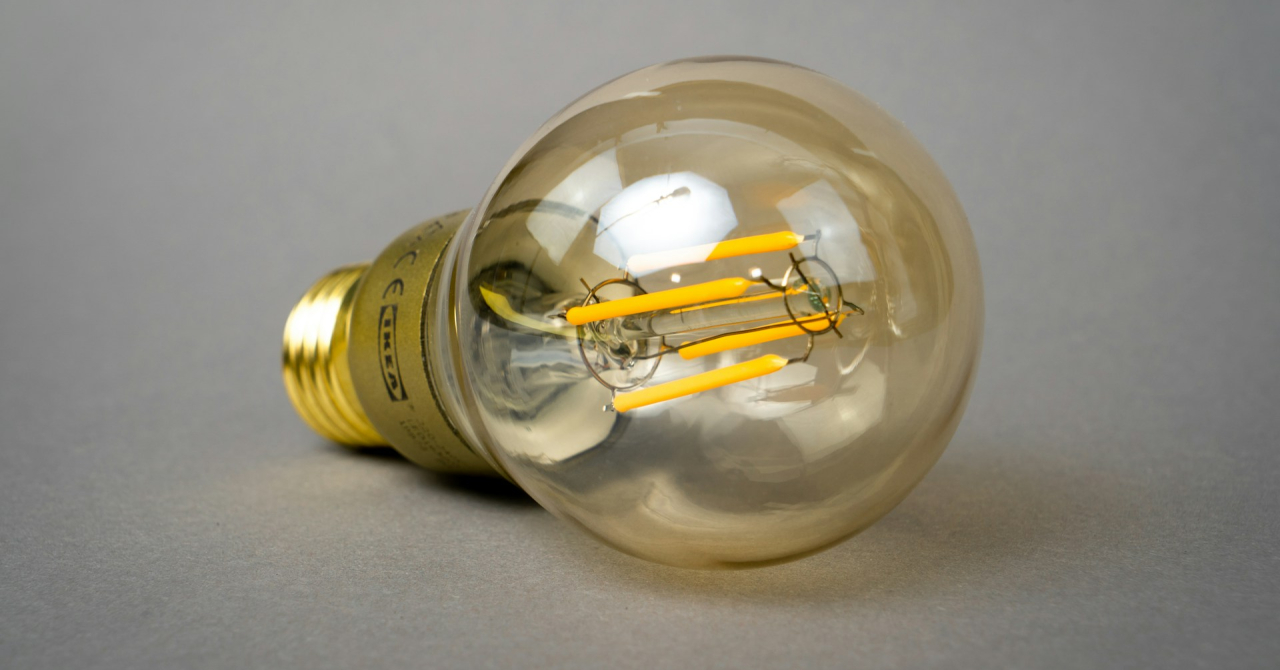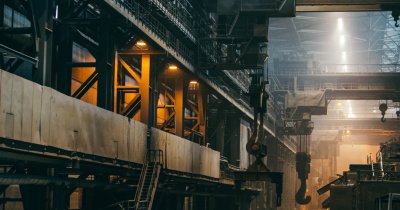What are LED lights and when were they invented
The LED light, which stand for light-emitting-diode, was commercially available first in 1968 and it was made by the Monsanto Company, a defunct agricultural company, which invented a more efficient indicator light.
Early LED light bulbs were not as efficient as models we have today and they were only able to display deep shades of red, which made them good for a limited number of purposes, such as indicator lights.
It was not until 1994 when a blue type of LED light was invented by a few Japanese researchers, which led to the development of the modern-day LED light that can be used as an artificial lighting solution for environments.
Officials at US's Department of Energy explain that LED lights are the world's most energy-efficient and rapidly-developing technology for lighting purposes. Compared to other types of lighting solutions, LEDs last longer and offer the same brightness at much lower energy consumption levels, more on that later.
What can LED lights be used for
LED lights are being used all over the place nowadays, in personal, as well as commercial spaces. LEDs are very efficient and also provide good direction for the light source, which makes them ideal when showcasing products, such as at a presentation or in supermarkets.
LEDs can be mounted below cabinets in a kitchen, for example, or at a bedside table, for reading, due to the fact that they provide uniform, directional light and also release less heat.
LED lights make a great companion during the Holiday season, as well, since Christmas Lights are all made of LEDs that emit different colors.
LED technology is also used for TVs and monitors, due again to their durability and low power consumption. Compared to LCD TVs, which have an average lifespan of 40.000 to 50.000 hours, LED models can last twice as much.

LEDs are also used in the automotive industry now more than ever. They're brighter than their halogen counterparts, provide better directionality, use less power and also offer a white color, rather than yellowish tints. Due to their directionality, some manufacturers, such as Audi, took things a step forward and implemented a Matrix LED technology, which enables the lights to "steer" along with the steering wheel, which offers better visibility around corners.
LED lights advantages and drawbacks
The list of advantages LEDs bear is long, especially when we compare the technology to older, incandescent bulbs.
For one, they are safer to use, as they don't release nearly as much heat, compared to incandescent lights, which release 90% of the power they use as heat. This means less of a warm feeling near your head, if you have a reading lamp at your bed and also you can replace a broken light faster, not having to wait for it to cool down.
Speaking of breaking, LEDs also last longer than incandescent lights, which have a lifespan of around 1.000 hours. By contrast, modern LED bulbs last for about 50.000 hours before needing a replacement.
LED lights are amazing for sustainability-focused people and companies, since they use less power and need replacing less often, meaning lower power usage and more resource optimizations on the long run.
Ever wondered why the light in your fridge is LED? Well, it turns out that LEDs perform about 5% better in cold environments, not suffering as much from lowering intensity or power requirements, compared to fluorescent light sources.

LEDs are also considered to be Solid State Lights, meaning that the traditional glass light bulb surrounding the light source is unnecessary. This, in turn, further emphasizes the durability benefit of switching to LED bulbs for any application.
One of the major downsides to LEDs is the fact that they emit blue light, as opposed to their incandescent counterparts, which count on red light as a lighting resource. This, however, is only a drawback if you buy the wrong light. Looking for warmer toned LED lights will completely cancel this drawback, ensuring that you'll be well rested ahead of your sleeping schedule.
With so many advantages and so few drawbacks, it's no wonder LEDs became an industry-standard lighting solution, both for consumers, as well as for companies. They offer a great lighting source, which is directional, offers a longer lifespan and consumes significantly less power, as well as generates less heat, which is especially useful for spaces that use multiple bulbs at once.
Furthermore, LED lights can also be recycled and they should be, making this a great contender for our "How it's recycled" series. Since they contain special microchips that control the light emission, recycling LEDs is a great source not just of usable material, but also for the electronic-focused world that we live in.
 Mihai - Cristian Ioniță
Mihai - Cristian Ioniță












Any thoughts?